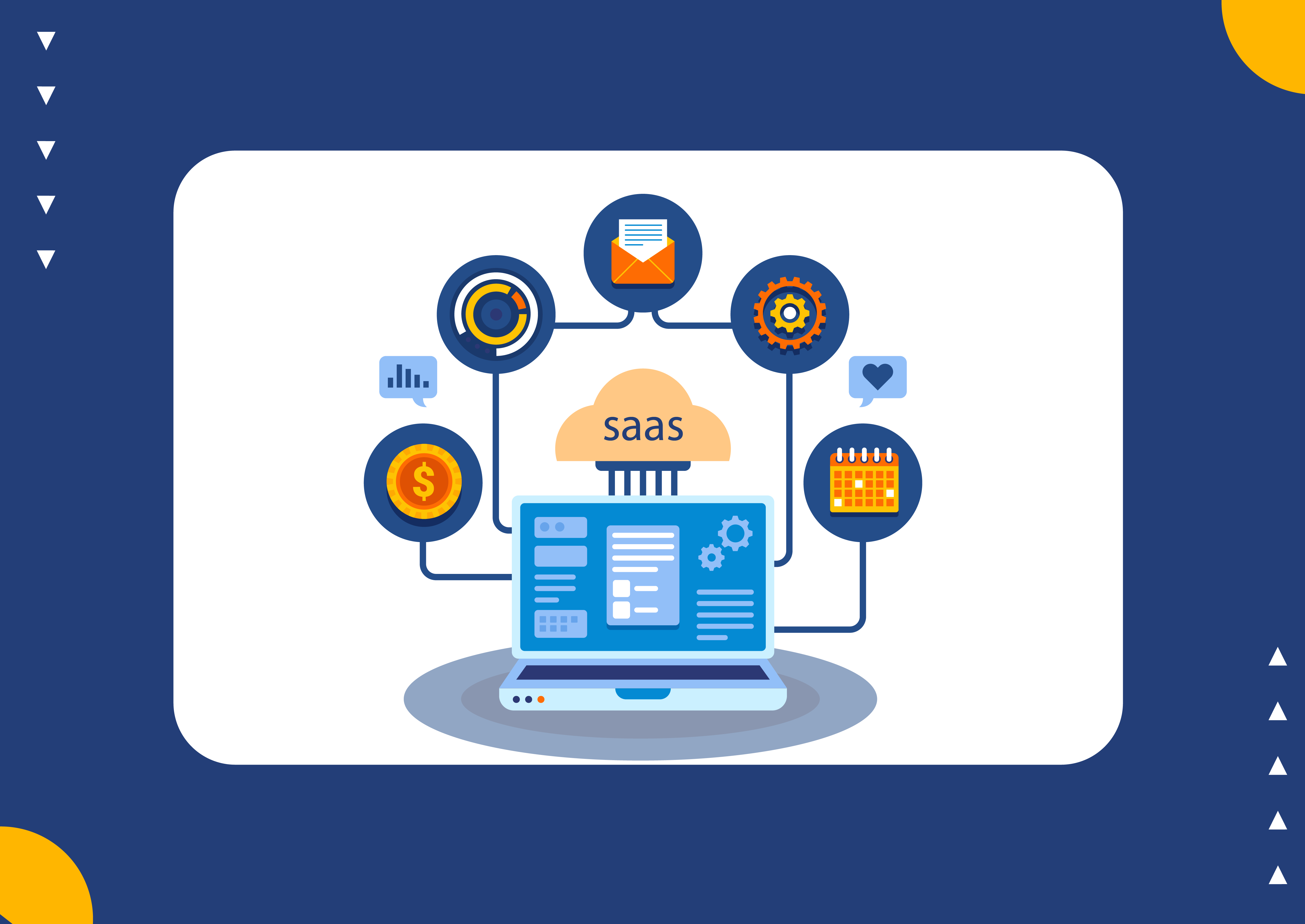
Even if your early users are free, define how you’ll charge once you launch publicly.

Launching your first SaaS product can feel overwhelming. From building the product to acquiring users and setting pricing, it’s easy to get lost in a sea of decisions. But it doesn’t have to be chaotic.
In this guide, we’ll walk you through the exact steps to take your idea from concept to live product—faster and more confidently.
The foundation of every successful SaaS product is problem-solution fit. Don’t build based on assumptions—talk to real people.
Ask:
● What manual tasks are taking up your users’ time?
● What tools are they currently using (or struggling with)?
● What workarounds or spreadsheets do they rely on?
Use surveys, discovery calls, Reddit threads, or LinkedIn polls to dig deep. The goal is to validate the pain, not just the idea
You don’t need to build everything at once.
Instead, define the core outcome your product should deliver—and focus only on the features that enable that.
✅ Keep it simple
✅ Solve one clear problem
✅ Make it usable and testable
For example, if you’re building a client reporting tool, your MVP might:
● Allow users to import data
● Generate one report type
● Share via link or PDF
Cut anything that doesn’t directly impact value delivery.
Depending on your skills and budget, you can:
● Build with developers (custom code)
● Use low-code platforms (like Bubble, Glide)
● Combine no-code tools (Airtable + Zapier + Webflow)
The key is to ship fast, collect feedback, and iterate. You’re not aiming for perfection—just traction.
Start building your MVP—but keep real users in the loop.
Ways to involve users early:
● Private Slack group or email list for testers
● Weekly update emails sharing progress
● Invite-only beta launches
Feedback at this stage is priceless. It helps you fix UX issues, prioritize features, and avoid wasting months on the wrong thing.
Even if your early users are free, define how you’ll charge once you launch publicly.
Common SaaS pricing models:
● Freemium (free tier + paid upgrades)
● Free trial (limited-time access to full product)
● Flat monthly or usage-based pricing
Pro tip: Start charging early, even during beta. Paid users give better feedback loop—and it validates your business.
Here’s what to have ready:
● A simple, clear landing page (with your core value + CTA)
● An explainer video or product demo
● A launch email to your waitlist
● Social proof (testimonials, early results, beta numbers)
Optional (but powerful):
● Submit to Product Hunt
● Share on Reddit, Indie Hackers, LinkedIn
● Collaborate with micro-influencers or partners
The goal is to get early traction + real users—not just likes and comments.
Track:
● Signups
● Activation rates (are users reaching the “aha” moment?)
● Churn and retention
● Feature usage
Use this data to:
● Improve saas onboarding
● Add or remove features
● Test new pricing
● Prepare for investor conversations (if you go that route)
Remember, launch isn’t the finish line—it’s the starting point of continuous learning and saas growth.
Launching your first SaaS product doesn’t require funding, fame, or a huge team.
It requires:
● A clear problem
● A focused solution
● Real user feedback
● Consistent improvement
Keep it lean, stay close to your customers, and treat your launch as a learning experience—not a one-time event. Because in SaaS, iteration is your real competitive advantage.
© Copyright 2025 DemoKraft AI, All Rights Reserved